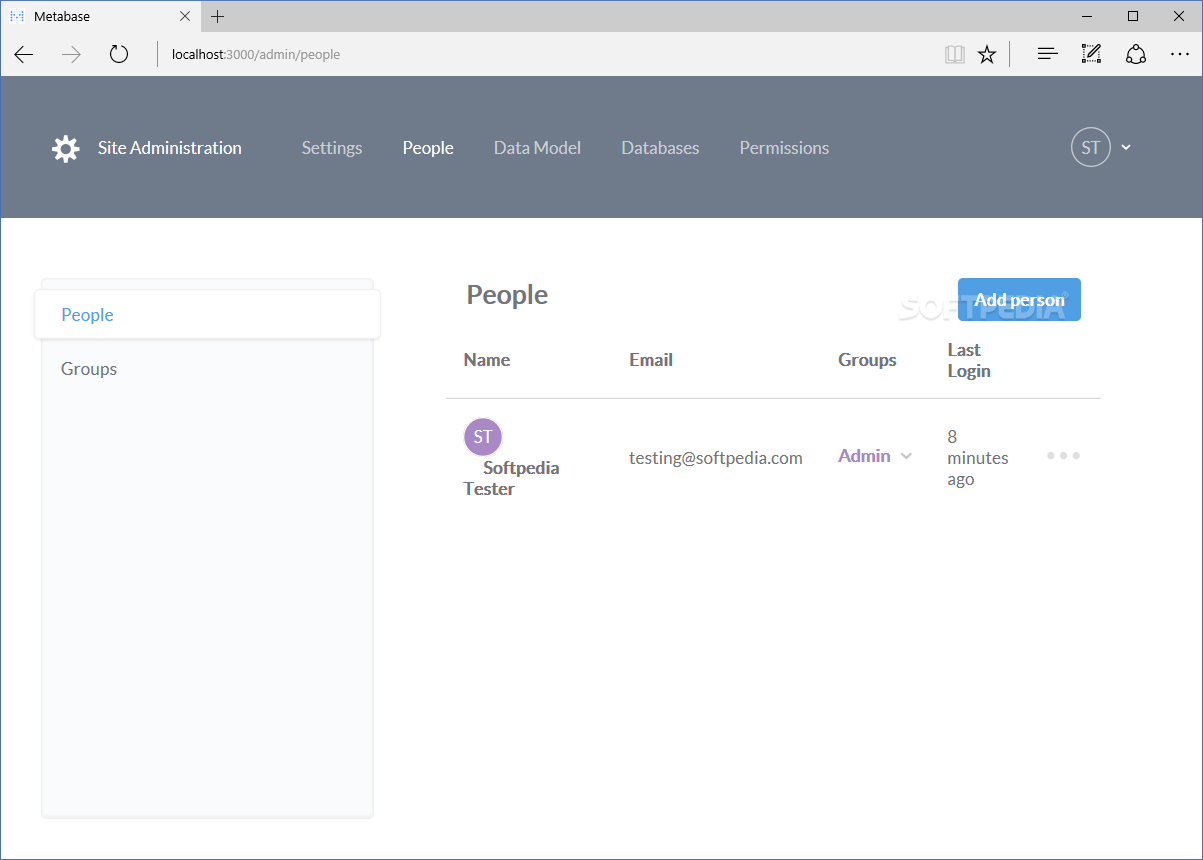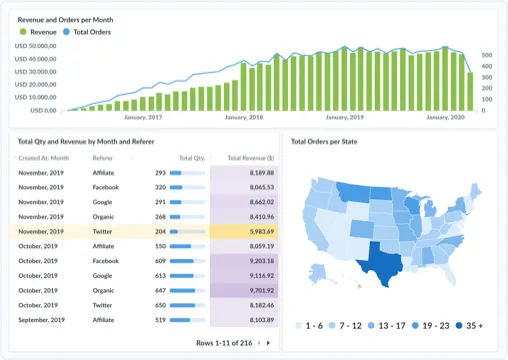

We can also use custom queries to set up our dashboards.

To launch Metabase, simply go to which is the default port that the Metabase server will be listening to.Īfter Metabase is launched, select your preferred language and add your contact information. The query builder Once you select your data, Metabase will take you the query builder. Visualizing data in Supabase with Metabase Launching Metabase To take advantage of the open-source version of Metabase, you can use the Metabase docker container here. Prerequisitesīefore we dive in, let’s look at some prerequisites that you will need:īased on our previous article, we assume we already have a Supabase project setup and have data loaded into it. In this blog, we will create different kinds of charts out of the data stored in Supabase using Metabase.
#Metabase query builder how to
In the previous blog of this series, we explained how to use Python to load data into Supabase. Then, using Metabase’s intuitive interface, you can cut through the data noise and focus on what’s essential for your business. With Metabase, a powerful visualization tool, you can quickly turn your data into easy-to-understand visuals like graphs, pie charts, flow diagrams, and much more.
#Metabase query builder code
When you want to accomplish this task with little or no code (not even SQL), you might consider using tools like Metabase. One way to create customized visuals from your data would be to use data visualization libraries in Python like Matplotlib, Seaborn, Ggplot2, Plotly, or Pandas. With a programming language like Python to analyze your data and transform data into visual representations, you can effortlessly tell the story of your business. Data helps organizations make better decisions.


 0 kommentar(er)
0 kommentar(er)
